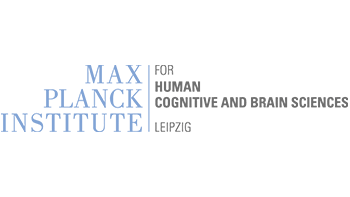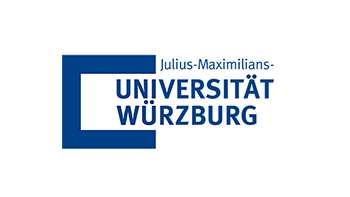Paper of the Month 12/2022
Roediger J, Dembek TA, Achtzehn J, Busch JL, Krämer AP, Faust K, Schneider GH, Krause P, Horn A, Kühn AA.
Lancet Digit Health. 2022 Dec 15; S2589-7500(22)00214-X. doi: 10.1016/S2589-7500(22)00214-X. PMID: 36528541
Abstract
Background: Deep brain stimulation (DBS) of the subthalamic nucleus (STN) is highly effective in controlling motor symptoms in patients with Parkinson’s disease. However, correct selection of stimulation parameters is pivotal to treatment success and currently follows a time-consuming and demanding trial-and-error process. We aimed to assess treatment effects of stimulation parameters suggested by a recently published algorithm (StimFit) based on neuroimaging data.
Methods: This double-blind, randomised, crossover, non-inferiority trial was carried out at Charité – Universitätsmedizin, Berlin, Germany, and enrolled patients with Parkinson’s disease treated with directional octopolar electrodes targeted at the STN. All patients had undergone DBS programming according to our centre’s standard of care (SoC) treatment before study recruitment. Based on perioperative imaging data, DBS electrodes were reconstructed and StimFit was applied to suggest optimal stimulation settings. Patients underwent motor assessments using the Movement Disorder Society-Sponsored Revision of the Unified Parkinson’s Disease Rating Scale part III (MDS-UPDRS-III) during OFF-medication and in OFF-stimulation and ON-stimulation states under both conditions, StimFit and SoC parameter settings. Patients were randomly assigned (1:1) to receive either StimFit-programmed DBS first and SoC-programmed DBS second, or SoC-programmed DBS first and StimFit-programmed DBS second. The allocation schedule was generated using a computerised random number generator. Both the rater and patients were masked to the sequence of SoC and StimFit stimulation conditions. All patients who participated in the study were included in the analysis. The primary endpoint of this study was the absolute mean difference between MDS-UPDRS-III scores under StimFit and SoC stimulation, with a non-inferiority margin of 5 points. The study was registered at the German Register for Clinical Trials (DRKS00023115), and is complete.
Findings: Between July 10, 2020, and Oct 28, 2021, 35 patients were enrolled in the study; 18 received StimFit followed by SoC stimulation, and 17 received SoC followed by StimFit stimulation. Mean MDS-UPDRS-III scores improved from 47·3 (SD 17·1) at OFF-stimulation baseline to 24·7 (SD 12·4) and 26·3 (SD 12·4) under SoC and StimFit stimulation, respectively. Mean difference between motor scores was -1·6 (SD 7·1; 95% CI -4·0 to 0·9; superiority test psuperiority=0·20; n=35), establishing non-inferiority of StimFit stimulation at a margin of -5 points (non-inferiority test pnon-inferiority=0·0038). In six patients (17%), initial programming of StimFit settings resulted in acute side-effects and amplitudes were reduced until side-effects disappeared.
Interpretation: Automated data-driven algorithms can predict stimulation parameters that lead to motor symptom control comparable to SoC treatment. This approach could significantly decrease the time necessary to obtain optimal treatment parameters.










